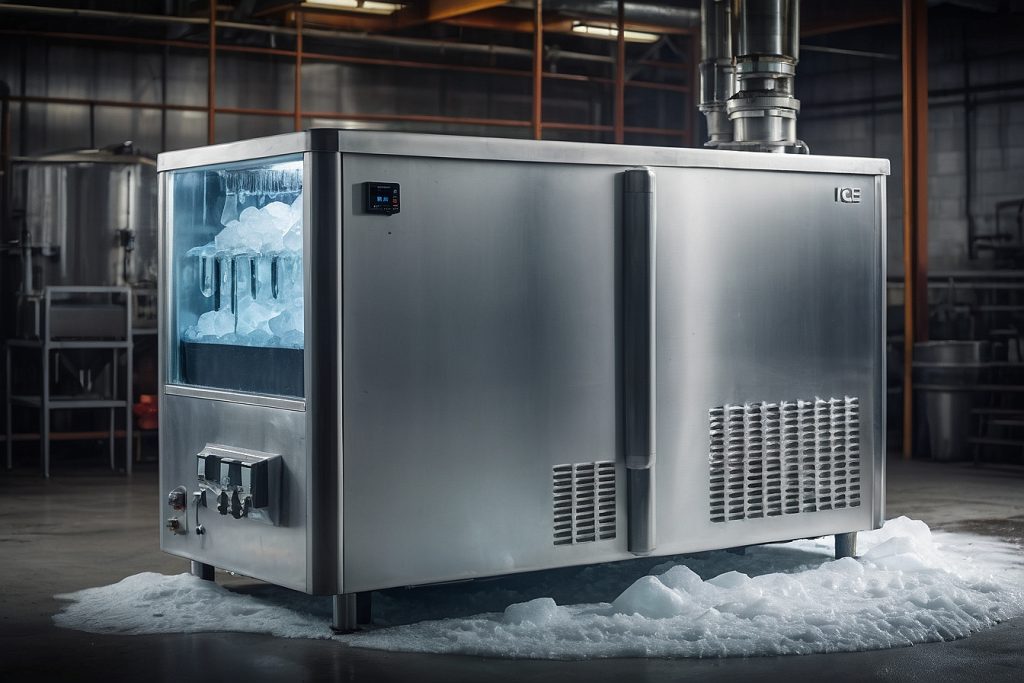
Ice machines are essential for many businesses, especially in industries like hospitality, healthcare, and food service. Whether you’re running a restaurant, a hotel, or a convenience store, a reliable ice machine ensures that your operations run smoothly. However, like any other equipment, ice machines require proper installation, regular maintenance, and occasional servicing to perform efficiently. This article covers the essentials of ice machine service, focusing on installation and maintenance to keep your machine in top condition.
The Importance of Ice Machine Service
An ice machine is a significant investment, and proper servicing ensures that you get the most out of it. Regular maintenance and expert installation can help:
- Improve Efficiency: Ensuring the machine runs at peak performance, reducing energy costs.
- Extend Lifespan: Proper care can significantly extend the life of your ice machine.
- Ensure Hygiene: A well-maintained ice machine prevents the buildup of bacteria and mold, keeping ice safe and clean.
- Prevent Downtime: Regular servicing minimizes the risk of unexpected breakdowns, saving your business from operational disruptions.
Ice Machine Installation: Getting It Done Right
Proper installation is the first step toward ensuring the efficiency and longevity of your ice machine. Hiring a professional for this task is essential, as an incorrect installation can lead to operational issues or even void your machine’s warranty.
Steps in Ice Machine Installation
Choosing the Right Location
- The machine should be installed in a well-ventilated area with easy access to water and power supplies.
- Avoid placing it near heat sources like ovens or stoves to ensure efficient cooling.
Water Supply and Drainage
- A steady water supply is essential for the machine to function properly.
- The drainage system should be capable of handling the machine’s water output to prevent leaks and flooding.
Electrical Setup
- Ice machines require a dedicated power outlet that matches the voltage and amperage specified by the manufacturer.
- Professional installation ensures the electrical system is safe and compliant with local codes.
Leveling the Machine
- Proper leveling prevents vibrations, reduces wear and tear, and ensures consistent ice production.
Initial Testing
- After installation, the machine is tested to ensure it’s working correctly. This includes checking water flow, ice production, and proper drainage.
Ice Machine Maintenance: Keeping It Running Smoothly
Ice machines require consistent care to operate effectively and produce clean, safe ice. Neglecting maintenance can lead to costly repairs, poor ice quality, and even health code violations.
Key Ice Machine Maintenance Practices
Regular Cleaning
- Clean the ice machine every 3 to 6 months, or more frequently in high-use environments.
- Use manufacturer-recommended cleaning solutions to remove mineral deposits, mold, and bacteria.
Sanitizing the Machine
- After cleaning, sanitize all components to ensure the ice remains safe for consumption.
Filter Replacement
- Water filters should be replaced every 6 months or as recommended by the manufacturer. This prevents mineral buildup and ensures high-quality ice production.
Inspecting Key Components
- Check the condenser coils, water lines, and evaporator for signs of wear, clogging, or damage.
- Ensure the fan and compressor are functioning correctly.
Monitoring Ice Production
- Keep an eye on the quantity and quality of ice produced. Changes in shape, clarity, or output may indicate an issue that requires servicing.
Check for Leaks
- Inspect water connections and drainage lines regularly to prevent leaks and water damage.
Signs Your Ice Machine Needs Professional Servicing
Even with regular maintenance, some issues require professional attention. Common signs that your ice machine may need servicing include:
- Unusual noises like grinding or humming.
- Reduced or inconsistent ice production.
- Cloudy, misshapen, or foul-tasting ice.
- Water pooling around the machine.
- Increased energy consumption or overheating.
If you notice any of these problems, contact an expert in ice machine service to diagnose and fix the issue promptly.
Benefits of Professional Ice Machine Services
- Expertise: Professionals are trained to handle complex repairs, ensuring the job is done correctly.
- Warranty Protection: Using certified technicians keeps your warranty valid, protecting your investment.
- Time and Cost Savings: Professional servicing can identify potential issues early, saving you money on major repairs and reducing downtime.
Conclusion: Prioritize Your Ice Machine’s Care
Whether you’re installing a new ice machine or maintaining an existing one, proper service is crucial to ensure reliable performance and long-term value. A professionally installed ice machine provides a solid foundation for consistent operation, while regular maintenance ensures it stays efficient, hygienic, and problem-free.
By investing in professional ice machine services for installation and maintenance, you not only safeguard your equipment but also enhance your business’s operations and customer satisfaction. Don’t wait for issues to arise—keep your ice machine in top shape today. Visit https://holiday-ice.com/ for all your ice machine needs.

